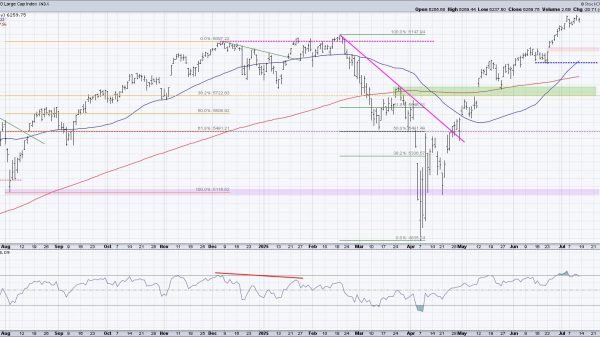Paytm’s 14% Drop vs PhonePe, GPay Gains
Quick Look
Paytm’s monthly transaction value on India’s Unified Payments Interface (UPI) dropped 14% to 1.65 trillion rupees. PhonePe and GPay saw transaction value increases of nearly 7% and almost 6%, respectively. Paytm faces challenges due to central bank restrictions and potential operational disruptions. Google and Walmart leverage UPI to cross-sell services, benefiting from vast consumer bases.In the fast-changing fintech landscape, Paytm, once a leader, faces significant challenges. In just a month, the company’s transaction value dropped by 14% to 1.65 trillion rupees ($19.9 billion). This downturn is stark, especially compared to Walmart’s PhonePe and Google’s GPay, which processed significantly more payments than Paytm, which is now in third place. This indicates a shift in consumer preference towards other services, even before potential disruptions to Paytm’s operations materialise.
Central Bank Restrictions Stir the Pot
Paytm’s challenges are exacerbated by the Reserve Bank of India’s (RBI) restrictions on Paytm Payments Bank. Although not controlled by Paytm, this bank processes a substantial portion of its transactions. Imposed on January 31, these restrictions have led to a sharp drop in Paytm’s stock and dented consumer confidence. Paytm has formed new bank partnerships to sustain operations, showcasing the company’s adaptability. However, effective March 15, the upcoming restrictions cast uncertainty on Paytm’s future.
A Resilient Stance Amidst Turbulence
Despite these difficulties, Paytm’s billionaire founder, Vijay Shekhar Sharma, remains optimistic about overcoming the regulatory challenges. His confidence signals hope for Paytm’s resurgence as a stronger entity. Meanwhile, competitors like PhonePe and GPay leverage the UPI system, which, while not directly profitable per transaction, provides access to a large consumer base for cross-selling other services such as insurance and mutual funds.
These developments underscore the intense competition and regulatory scrutiny in the digital payments sector. Companies, including Google, navigate global regulations like the European Union’s Digital Markets Act, designed to promote competition by introducing new rules for tech giants. This dynamic landscape emphasises the importance of agility, regulatory compliance, and innovation for fintech companies to thrive. As the digital payment sector evolves, the strategic decisions and resilience of companies like Paytm will be key to their success in a highly competitive market.
The post Paytm’s 14% Drop vs PhonePe, GPay Gains appeared first on FinanceBrokerage.
























